|
SEAFOOD
ALTERNATIVES
ABOUT
- HOME - WHALING - A-Z INDEX
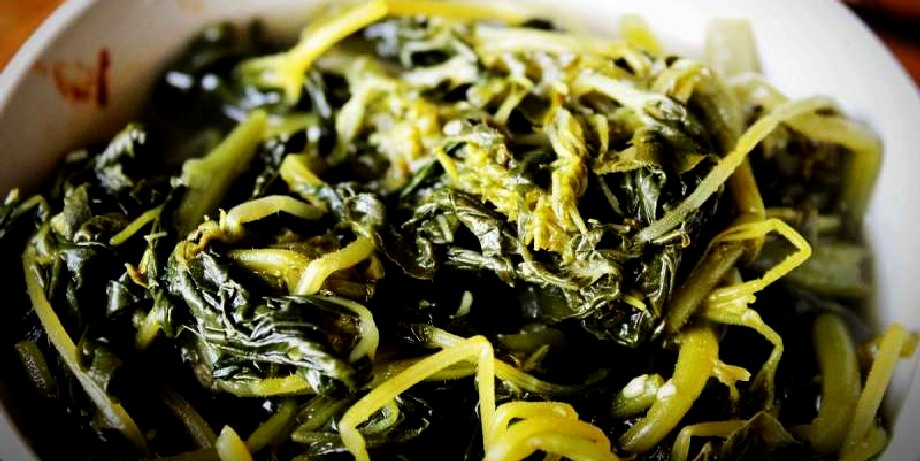
MASTER
CHEF - The way alternative food is cooked and presented
may be one of the key factors in gaining public acceptance.
Health and fitness aficionados might also take to high-protein
supplements, regardless of origin, provided that the produce
is fished sustainably.
In
an effort to feed a growing population we should look at
alternatives lower down the food chain to increase the ratio
at which protein is harvested from the ocean for human
consumption, so bypassing the
conventional food chain where at each stage of conversion
there are significant losses in the chain process. No matter
how we achieve the increase in ocean produce, we will still
require healthier seas from which to harvest or farm our
catches. This means doing all we can to eradicate plastic
waste - and that means a host of technology deployment like SeaBin,
SeaVax
and Ocean
Booms - and any other practical means of reducing harmful plastic
disposal, including awareness
campaigns.
Seafood is an essential staple in the diets of people around the
world, presently at risk from marine pollution. Global consumption of fish and shellfish has more than doubled over the last 50 years, and is expected to keep rising with global
population
growth. Many people assume that most seafood is something that we catch in the wild with lines, trawls and traps.
Aquaculture (aquatic farming) accounts for just over half of all the seafood consumed worldwide.
Total global wild catches have remained relatively unchanged for the past two decades. In 2015, 92 million tons of wild species were harvested worldwide – the same amount as in 1995. In contrast, seafood production from aquaculture increased from 24 million tons to 77 million tons during the same time period, and is still rising to help meet growing demand. In fact, it's estimated that the world will need around 40 million more tons of seafood as soon as 2030.
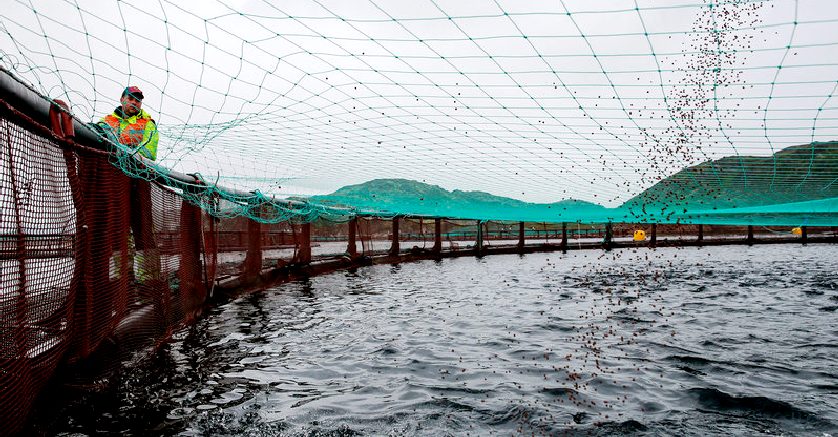
PHYSICS
ORG DECEMBER
8 2017
People will need to be persuaded to eat new types of seafood if we are to extract more food from the oceans and feed growing
human populations, according to
fishing industry experts.
They were speaking in response to the Food from the Oceans report, which was produced by independent scientific experts as part of the European Commission's Scientific Advice Mechanism (SAM) and published on 30 November.
The report, which recommends ways of sustainably increasing the amount of food we get from the oceans, suggests exploiting more filter-feeders and sea plants in the future.
It says species like mussels,
algae, and even tiny
zooplankton like
krill could provide a far larger portion of protein to global diets than they currently do.
But convincing consumers, particularly in richer countries, to choose these species over popular carnivorous
fish like salmon, cod and haddock will be a major challenge, experts state.
Even relatively common fish like herring, sprat and
anchovies - all of which are small filter-feeders - have become unpopular among European consumers in recent years.
In addition to redirecting small fish like this away from fishmeal towards human consumption, the new report recommends greater harvesting of herbivorous filter-feeders, such as mussels, oysters, clams and other bivalves.
'Currently, a lot of the species we catch from lower in the ocean
food chain are put into fishmeal that is fed to farmed salmon,' said Dr David Agnew, standards director at the Marine Stewardship Council. 'In the past, we used to eat far more of them.
'So what we face is essentially a marketing problem. By changing consumer preferences, it will change demand and the industry will follow that.'
The new report – which is intended to help inform policy
decisions - identified the potential to increase the food or feed obtained from the oceans to 300-400 million metric tons a year, which is three to four times current levels.
MESOPELAGIC
To help achieve this, the report also suggests investigating the use of mesopelagic
fish - generally small fish that live on zooplankton between 200 and 1 000 metres below the surface and are not exploited today.
It also points to a trial in Norway to exploit Arctic krill, which can be turned into a paste for human consumption.
The authors note, however, that as so little is presently known about what impact taking these species would have, they should be subject only to scientific trial fishing.
Conservation groups and food experts warned against dramatic increases in the exploitation of these sorts of species, which provide vital food sources for other ocean creatures.
'If you are catching fish at lower trophic levels it means you have less food in the ocean for higher trophic levels,' said Professor Manuel Barange, director of fisheries and aquaculture policy at the UN's Food and Agriculture Organization. 'There has to be a careful balance of that sort of exploitation and that requires proper fisheries management.'
Here the report recommends a robust regulatory framework to ensure that existing and new fisheries can be used in a sustainable fashion.
Dr Susan Steele, chair of the Sea Fisheries Protection Authority (SFPA) in
Ireland, said: 'The scientific opinion states that there can be more fish from the sea if fished sustainably.
'This ties with the vision of the SFPA of seas full of fish and coasts full of jobs. Fishing sustainably requires that there is a full regulatory toolbox in order to deter illegal operators.'
FISHERIES
The new report also recommends improvements in the way existing fisheries are used, such as reducing the amount of waste.
'The most viable way of increasing the volume of fish we get from the ocean is by reducing the amount thrown overboard at sea and the amount wasted on land due to deterioration,' he said.
New refrigeration technologies would need to be installed on vessels and on land in many developing parts of the word to help reduce this sort of waste.
Prof. Barange echoed one of the recommendations in the report, which said
unwanted parts of a catch, like fish heads and fins, which are often thrown overboard, could be used to produce fishmeal for fish farming.
But the report also states that perhaps the greatest source of untapped potential is from seaweed and algae, which could be farmed just as food is grown on the land.
It said that mariculture - a form of aquaculture on the ocean
- could be used to cultivate large quantities of seaweed or shellfish like mussels and oysters, for human consumption.
'Mariculture is the area where the most potential for development exists,' said Carina Keskitalo, a professor of political science at Umeå University in Sweden and a member of the SAM High Level Group. 'There has been a much greater focus on land-based rather than sea-based agriculture but in the future we may need to rethink this.'
To allow seaweed or shellfish to be farmed on industrial scales, European countries will need to focus on careful spatial planning on the coast to ensure there is space to allow it to happen, said Prof. Keskitalo. She said that it may be possible to combine mariculture with existing infrastructure such as oil rigs or off-shore wind farms.
LESS DESIRABLE
But aquaculture and mariculture also faces resistance from consumers who see farmed fish as less desirable than wild-caught fish due to problems with disease, pollution and the use of pesticides or antibiotics.
Bernhard Friess, who is a director in the European Commission's Directorate-General for Maritime Affairs and Fisheries, said a shift to more aquaculture would also require a shift in public perception.
'If you devote just 0.015 % of the ocean space to aquaculture, you could produce as much fish as you can produce for all the catch fisheries taken together in the world,' he said. 'We need to not only look at other food sources but also adapt societal perceptions too.'
The report says that while increasing ocean production could relieve pressure on land-based
agriculture, a balance should be struck between the two to maintain a sustainable ecosystem.
It also recommends that ecosystem change should become a more established feature of the advice system in order to future-proof fisheries management against shifting species and conditions. This is partly because taking more food from the ocean will necessarily entail local changes in biodiversity.
Dr Agnew agreed that ecosystem management is a key issue.
'Our ancestors turned continental Europe effectively into a biological desert by eliminating all the predators, changing the ecosystems and removing most of the biodiversity to make way for agriculture. Do we really want to do the same for the oceans?'
Explore further: How a tiny portion of the world's oceans could meet global seafood demand
More information: SAM opinion on food from the oceans
The independent scientific opinion on food from the oceans gives a number of recommendations about how we can get more food and energy sources from the oceans in a
sustainable way. These include developing policies that enable the full potential of mariculture, promoting a responsible culture and capture approach to food from the ocean, and enforcing existing regulations to sustain the capture of wild fish and seafood. It was produced in response to a request from Karmenu Vella, EU Commissioner for Environment, Maritime Affairs and Fisheries, and draws on scientific and technical evidence from across Europe. The full report is available on the SAM website.
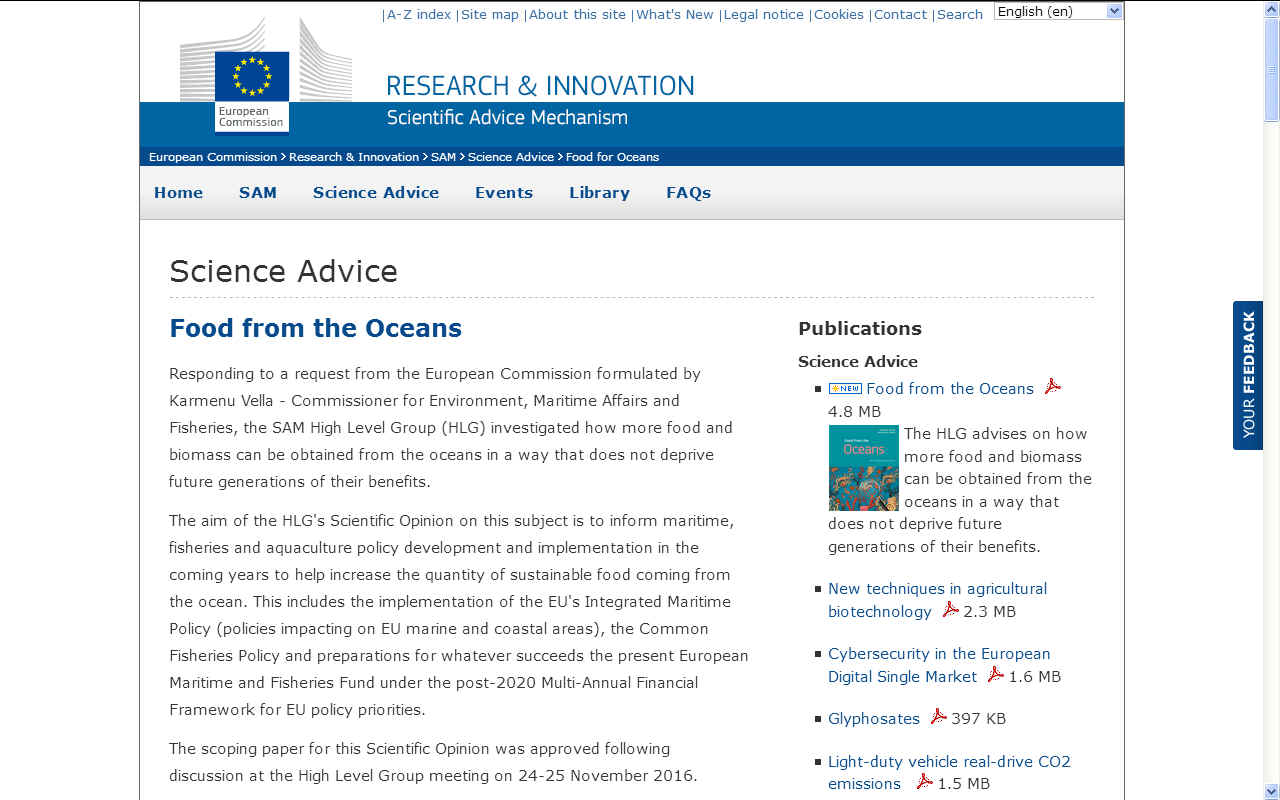
CALL
FOR NOMINATIONS - A call for nominations of candidates for membership of the High Level Group of Scientific Advisors of the Scientific Advice Mechanism of the European Commission is open until 15 January 2018 (noon CET).
The European Scientific and Research Community is invited to submit names of competent candidates by using the form on this website.
The seven members of the SAM HLG are appointed by the Commissioner for Research, Science and Innovation, from a short list established by an Identification Committee.
The Commission Decision of 16 October 2015 on the setting up of the High Level Group of Scientific Advisors[1] states that the short list also serves as a pool of candidates for the replacement of members of the group.
The short list now needs to be replenished to build a pool of first-class candidates for replacements. The Commission therefore invites the organisations and bodies that make up the European scientific and research community to submit high level nominations. The nominations will be assessed by the Identification Committee on the basis of the factors and conditions set out in the 2015 Commission Decision.
Interested stakeholders will find on this webpage a description of the profile of suitable candidates as well as a description of factors and criteria for the selection process and which includes, inter alia, experience of scientific or policy leadership at the European or global level, gender balance, the reflection of the breadth of the research community across Europe, and consideration to younger next-generation leaders.
A template for the statement on the qualifications/profile of the candidates is available. Use of this template is recommended for the nomination of candidates.
The Commission would be grateful to receiving your nomination of appropriate candidates who confirmed their willingness to become member of the HLG in the short or medium term.
The deadline for submitting nominations is 15 January 2018 (noon
CET). The address for sending submissions is EC-SAM@ec.europa.eu.
SAM
- SCIENTIFIC ADVICE MECHANISM
Responding to a request from the European Commission formulated by
Karmenu Vella - Commissioner for Environment, Maritime Affairs and Fisheries, the SAM High Level Group (HLG) investigated how more food and biomass can be obtained from the oceans in a way that does not deprive future generations of their benefits.
The aim of the HLG's Scientific Opinion on this subject is to inform maritime, fisheries and aquaculture policy development and implementation in the coming years to help increase the quantity of sustainable food coming from the
ocean. This includes the implementation of the EU's Integrated Maritime Policy (policies impacting on EU marine and coastal areas), the Common
Fisheries Policy and preparations for whatever succeeds the present European Maritime and Fisheries Fund under the post-2020 Multi-Annual Financial Framework for EU policy priorities.
The scoping paper for this Scientific Opinion was approved following discussion at the High Level Group meeting on 24-25 November 2016.
The Scientific Opinion is informed by a scientific evidence review report produced by the
Horizon 2020
funded Science Advice for Policy by European Academies (SAPEA) consortium.
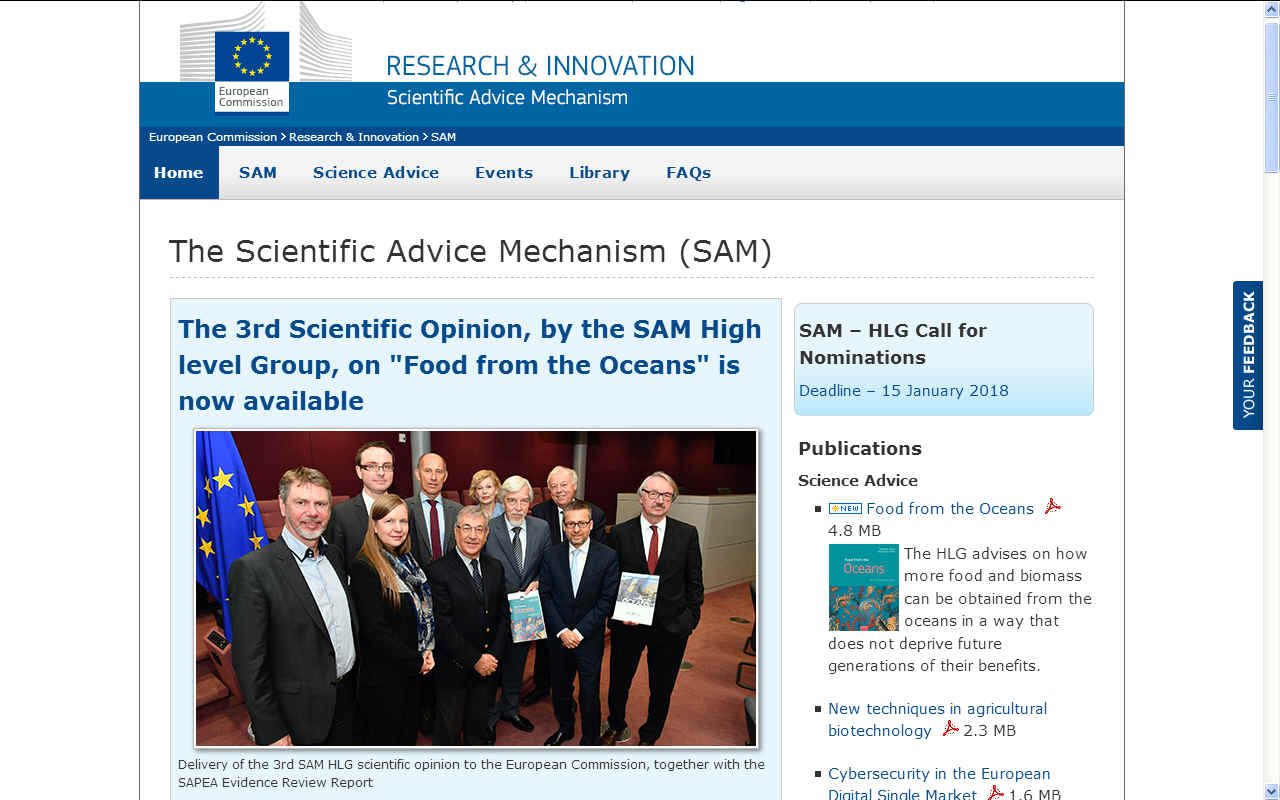
AQUACULTURE -
Like all food production, aquaculture affects the environment and can be done in ways that are more or less sustainable. We want our science to help avoid destructive forms of aquaculture, such as converting mangrove forests into shrimp farms, and support more sustainable production. When it is done properly, aquaculture can be an efficient farming method with reduced impacts, compared to other types of protein such as beef, pork and even chicken.
SCIENTIFIC OUTPUT
In this scientific piece, the HLG advises on how more food and biomass can be obtained from the oceans in a way that does not deprive future generations of their benefits.
The recommendations in the Opinion call for mainstreaming a responsible culture and capture approach to harvesting food from the ocean into broad food system policy frameworks at EU and global level. To sustain wild capture and develop mariculture, the HLG recommends a more integrated, participative, systems-based approaches to policy and planning. The HLG stresses the need to increase harvest at lower trophic levels and picks out mariculture as the area with most potential for growth as well as being in need of higher priority and more strategic consideration in the EU.
The aim of the Opinion is to inform maritime, fisheries and aquaculture policy development and implementation in the coming years to help increase the quantity of sustainable food coming from the ocean. This includes preparations for whatever succeeds the present
European Maritime and Fisheries Fund under the post-2020 Multi-Annual Financial Framework for EU policy priorities.
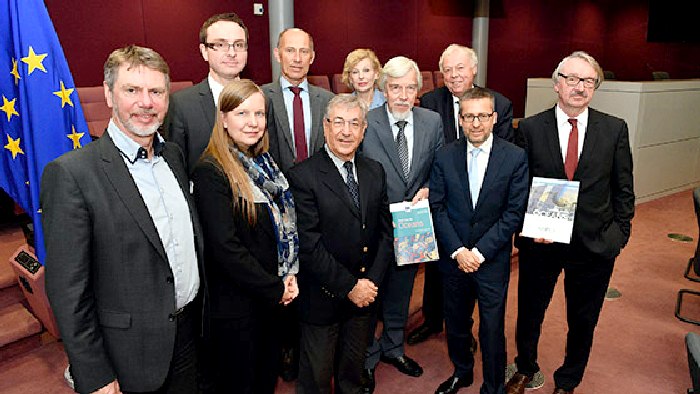
HLG -
SAM high level group scientific advisers to the European
Commission.
LINKS
& REFERENCE
https://www.npr.org/sections/thesalt/2017/08/15/543675398/can-we-feed-the-world-with-farmed-fish
http://www.sapea.info/foodfromtheoceans
https://ec.europa.eu/research/sam/index.cfm?pg=nominationscalls
https://ec.europa.eu/research/sam/index.cfm
https://ec.europa.eu/research/sam/index.cfm?pg=oceanfood
https://phys.org/news/2017-12-algae-krill-tough-european-consumers.html
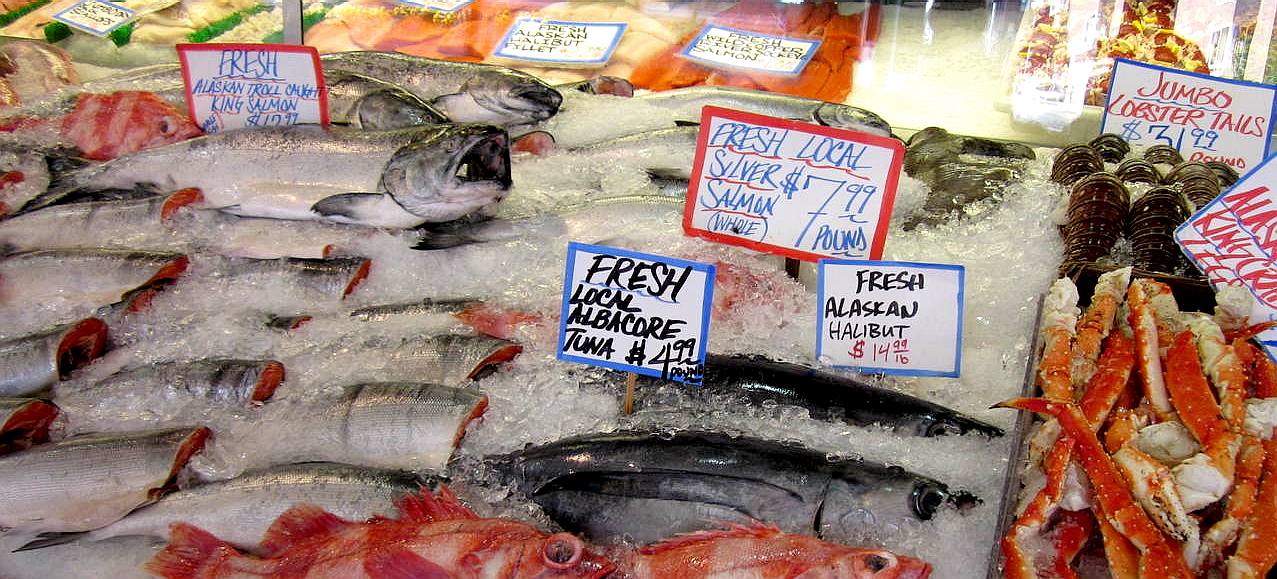
OCEAN
PRODUCE - Traditional ocean produce could be supplemented
with alternatives that are just as nourishing and tasty if
prepared correctly.
Anchovies
| Bass
| Bream
| Catfish
| Clams
| Cod
Coley
| Crabs
| Crayfish
| Eels
| Grouper
| Haddock
| Hake
| Halibut
| Herring
| Jellyfish
Krill
| Lobster
| Mackerel
| Marlin
| Monkfish
| Mullet
| Mussels
| Oysters
| Perch
| Piranha |
Plaice
| Pollock
| Prawns
| Rays
| Sablefish
| Salmon
Sardines
| Scallops
| Sharks
| Shrimp
| Skate
| Sole
| Sprat
| Squid
| Sturgeon
| Swordfish
| Trout
| Tuna
| Turbot
| Whiting
This
website is provided on a free basis as a public information
service. Copyright © Cleaner
Oceans Foundation Ltd (COFL) (Company No: 4674774)
2022. Solar
Studios, BN271RF, United Kingdom.
COFL
is a charity without share capital.
|





